Technology has changed the way we live. Almost every aspect of our lives has changed. Communication, Entertainment, Transport, Manufacturing, Services have all been dramatically changed through the application of technology.
But generally Education has steadfastly refused to budge other than adopting technology to do what we did before with less hassle (i.e. whiteboards become interactive whiteboards which are rarely used interactively, devices become a way to takes notes instead of paper, teachers write reports on the school management system rather than on paper report cards). We have not embraced technology to fundamentally change learning primarily because we don’t have a vision for what learning might be like if it were not teacher lead, if it were not a set experience applied to a group of learners (brought together only because they were born in the same year) or if it were not an experience that required learners to be in a set place at a set time. What if we could use technology to REALLY do things differently?
Using Technology for Learning
In every industry the introduction of technology has lead to improvements in outcomes, changes in working practices and savings on costs. The mining of the data captured by these new systems has provided insights into complex problems and allowed solutions to be developed.
We are now at the edge of a revolution in Education Technology. And Scotland has the ability, skills and vision to be at the forefront of this revolution. We can make learning more engaging and interactive for learners, provide more tailored support to individuals, gather detailed data on the progress of each learner, support the continued development of Curriculum for Excellence AND reduce the stress on our teaching profession.
How? By moving our curriculum, courses and support into a national learning system where the support for Curriculum for Excellence can be focused. In this environment we develop digital materials to support both online and offline learning activities, online formative and summative assessment, learning analytics and learning sequences.
Let’s leave aside the issue of devices and access – both of these will improve over time – and we already know that 96%+ of our young people are Internet users.
But to create a large, scalable platform for learning and the content to go with it is a big ask. Fortunately, there are a number of initiatives around the world that are doing just that. EdX and Khan Academy are just two examples and both have recently released their software to the world wide community.
Khan Academy – a starting point
Khan Academy have open sourced the code for their web site and tools. This means that we can build our own learning platform starting from where Khan Academy is now.
To me it makes a lot of sense, in a financially challenging environment, that we take advantage of the multi-million pound investments in the world’s most popular non-profit online learning site. And Khan Academy content is licensed under a Creative Commons licence (CC BY-NC-SA) so we can use the 4900+ videos on the site as a starting point for our own learning platform. We are free to adapt and remix Khan Academy content (as long as we attribute the source). And there is a handy Khan Academy API which will allow us to frequently update content.
The tools to manage groups of learners as a teacher (coach) are already there in Khan Academy. The ability to compile and view detailed analytics about learner progress, focus, time on tasks, proficiency are there too. With some development to link to our MIS systems and future GlowPlus authentication the process of creating teaching sets should be straightforward.

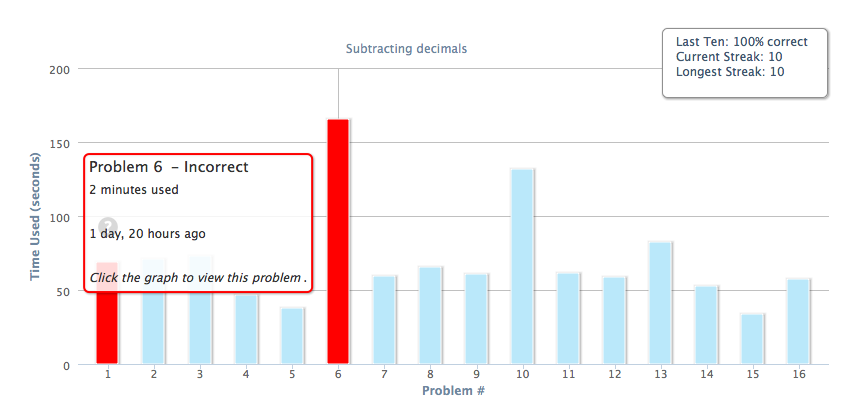
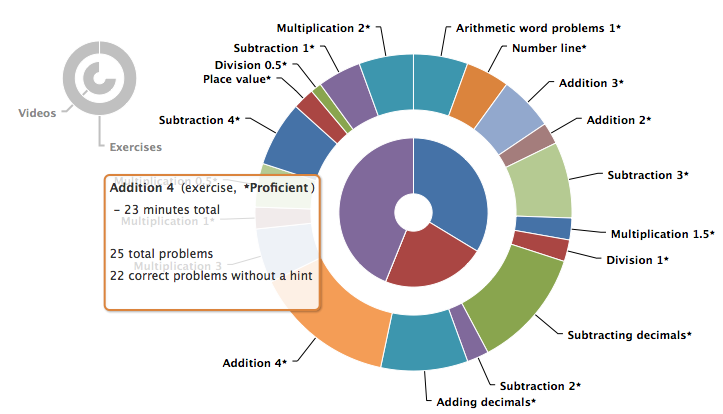
Khan Academy is a good place to start, there is much that can be done with the platform. There is a nice overview (targeted at Maths teachers) here.
The platform has it’s own badges but what if we replaced these with our own badging tools based on Mozilla OpenBadges? I’m part of the Scottish Open Badges Group looking at how we can use this exciting open international development to benefit Scotland’s learners. OpenBadges and recognition of a wide range of achievements fits so well with BtC5 and the concept of eportfolios to capture a learner’s journey.
So, we don’t have to start from scratch – there is a substantial body of work that we can draw on to develop our own vision of the future of learning in Scotland and Khan Academy is just one source.
Learning Intentions, Progression, Success Criteria, Pathways
A platform for shaping and managing learning must operate on multiple levels. Learning is not always a linear progression and to support learners we need to develop systems which allow us to plan learning effectively. Khan Academy has an interesting way of doing this through knowledge maps. These maps show how learners can progress incrementally from one concept to another. It can recommend where to go next.
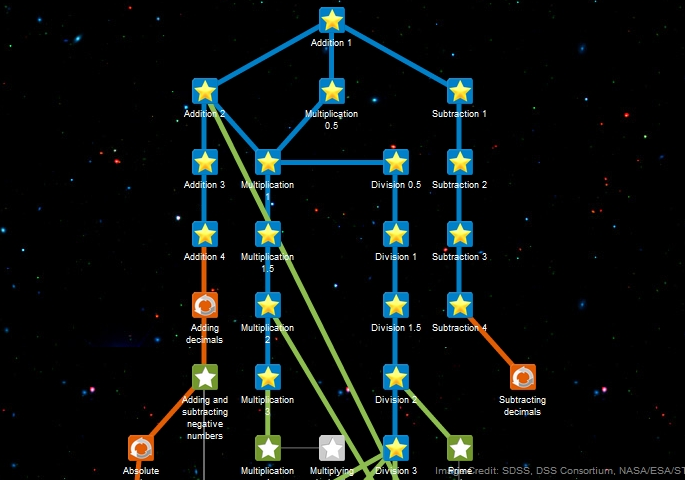
So imagine, as a teacher, if you could access an online system where there was a complete course for Higher Biology, or Level 2 Writing, or National 4 English. The course had a progression map, video resources, interactive questions, paper/offline activities that you or your learners could download, and an assessment tool where you could enter your own data on learner achievement. Your data could be aggregated with the information gathered from online activity producing a rich picture of a learner’s strengths and needs.
And if you wanted to change the course? A single click would copy it so that you, as a professional, could amend it to meet your learners’ needs. The remix and reuse approach means that content can continue to be developed by professionals and adapt and change over time. And your changes would be shared back to the community.
I don’t underestimate the work needed to create large scale learning programmes but if we combine the funding which is going towards a new SSDN (GlowPlus) and that being used to develop support resources for CfE, we could certainly take a step forward in supporting learners (and teachers) in a connected platform.
Change Happens
Yes, change does happen and we have an exciting opportunity to be at the forefront the development of learning environments. Notice I don’t say digital or virtual school (some of the emerging research from full-time virtual schools isn’t encouraging). I believe there is a very important role for a teacher in learning and that’s something I’ll try to cover in a future post.
*any opinion expressed in this post does not represent the view of any employers or groups I am associated with.

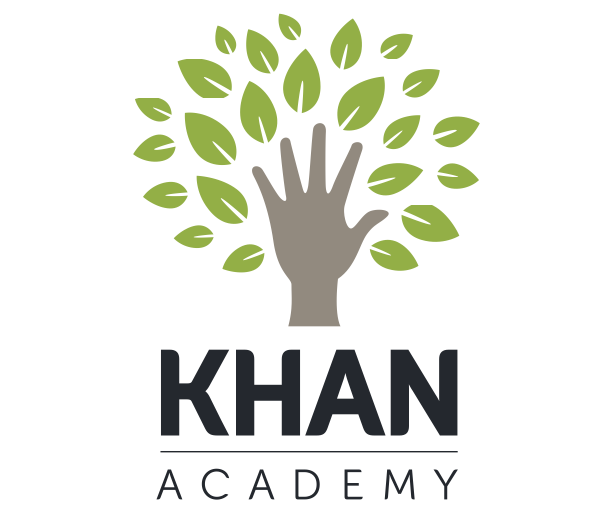
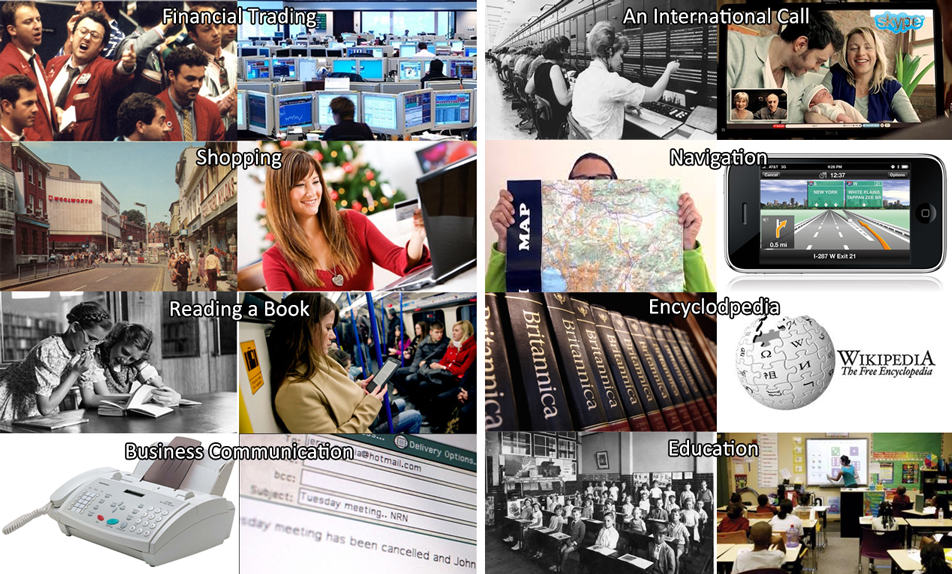
charlie_love
Use Khan Academy to kick start a national learning platform? 4900+ videos make it a good place to start http://t.co/Z8pEuWLArG #glow2
olliebray
RT @charlie_love: Use Khan Academy to kick start a national learning platform? 4900+ videos make it a good place to start http://t.co/Z8pEu…
Technology Changes Everything...Eventually. | T...
[…] Technology has changed the way we live. Almost every aspect of our lives has changed. Communication, Entertainment, Transport, Manufacturing, Services have all been dramatically changed through the… […]
Technology Changes Everything...Eventually. | F...
[…] Technology has changed the way we live. Almost every aspect of our lives has changed. Communication, Entertainment, Transport, Manufacturing, Services have all been dramatically changed through the… […]